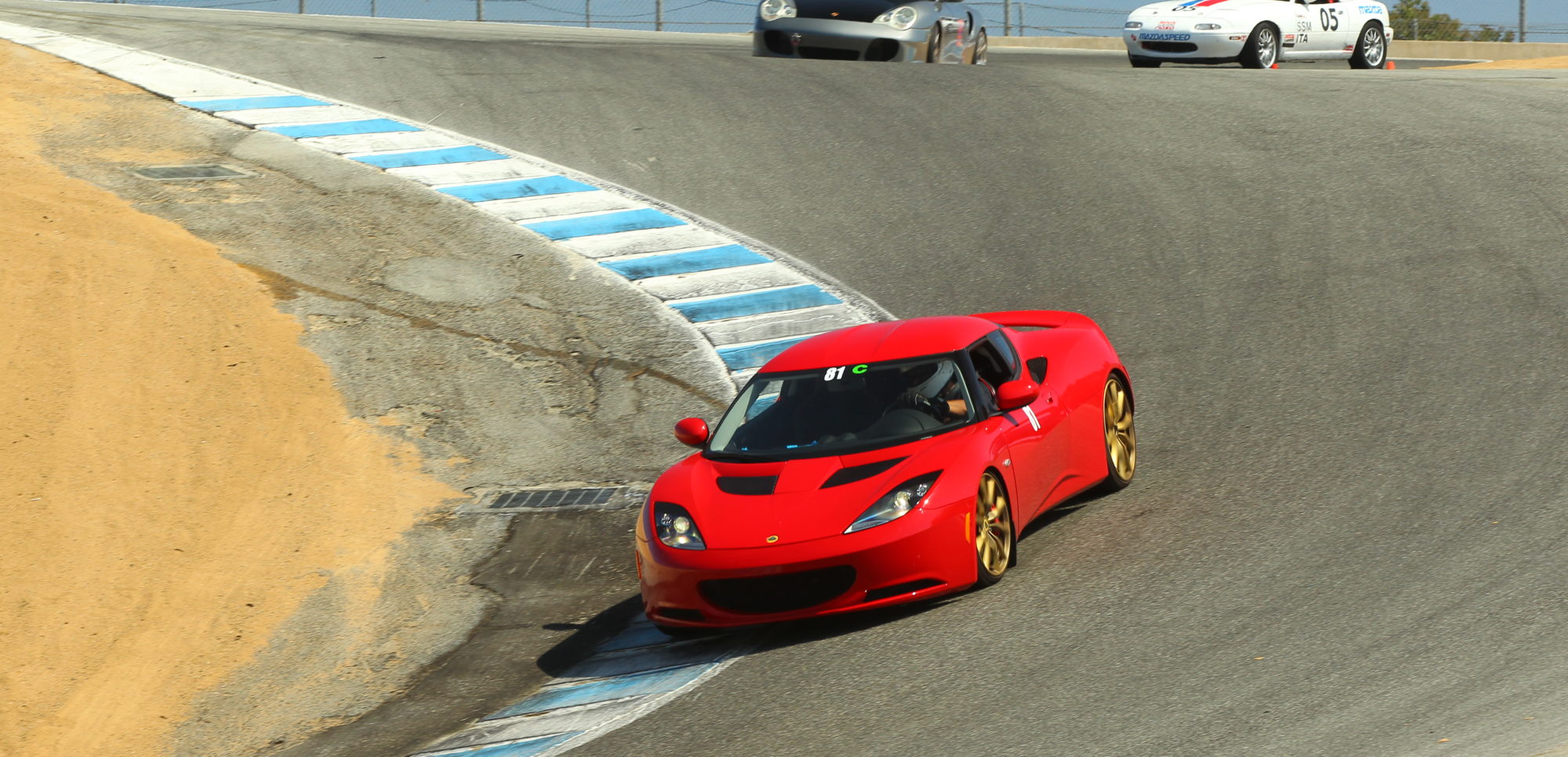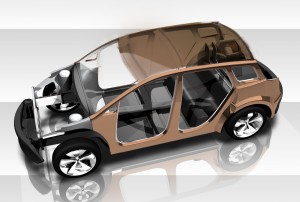Lotus Engineering is delighted to announce that it has been commissioned by the Air Resources Board of California to undertake the second stage of a study investigating efficient, lightweight vehicles manufactured using lighter, stronger materials.
Lotus Engineering will conduct a detailed structural design and analysis of the prototype vehicle from an earlier study to demonstrate it meets the crashworthiness and stringent safety requirements for vehicles sold in the United States.
In April this year, Lotus Engineering concluded the first part of the study, released by the International Council on Clean Transportation in California, which recognised that a reduction in vehicle mass of 38% can be achieved for medium volume vehicles (around 50,000 units a year) with just an increase in 3% in vehicle cost and giving a 23% reduction in fuel consumption.
It is widely recognised in the automotive industry that a reduction in vehicle mass gives more efficient vehicles; with the global drive to reduce emissions, manufacturers are working hard to take mass out their cars. Lightweight vehicles have additional benefits in terms of performance, agility and cornering, (the lighter the car, the less power it needs to propel it along the road for the same performance as a heavier car).
For 62 years, Lotus has been leading the car world with ‘performance through light weight’ engineering. The strict adherence to this philosophy enabled Lotus to develop some of the finest sportscars of all time such as the Lotus Elite, Elan, Esprit from Lotus’ peerless past and the Elise, Exige and Evora from the current line up – all of which are the lightest cars in their class. But it is not just sportscars; Lotus’ consultancy division, Lotus Engineering has been applying its light weight principles behind the scenes for other car makers for years on many types of vehicles, both low volume and mass production.
This study will be led by Lotus Engineering’s Michigan, USA office with completion in April 2011. The vehicle design will use a mixture of materials best suited to its application including aluminium, magnesium, composites, high strength lightweight steel and plastics.

